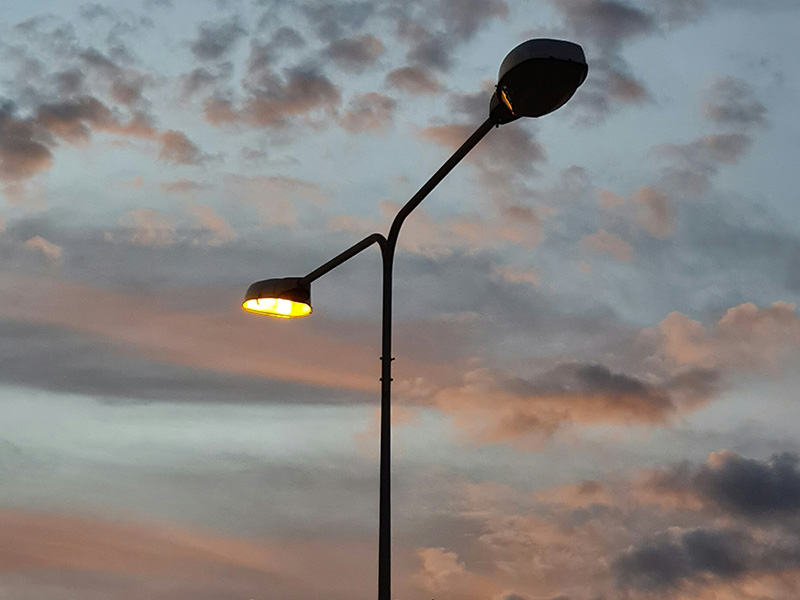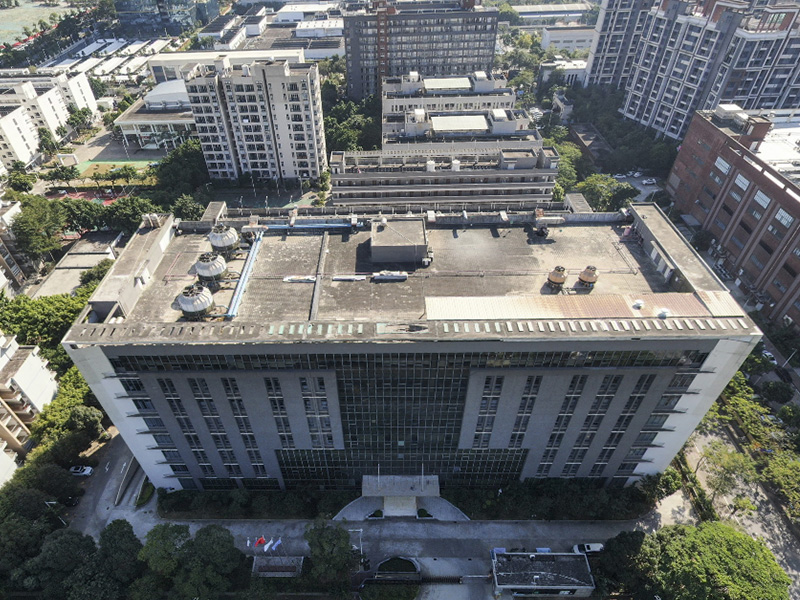LED technology has revolutionized street lighting, offering unparalleled efficiency, durability, and adaptability compared to traditional high-intensity discharge (HID) systems such as high-pressure sodium (HPS), low-pressure sodium (LPS), and metal halide (MH) lamps. Here’s why LED street lights have become the preferred choice for municipalities and developers worldwide:
1. Superior Energy Efficiency
- Higher Efficacy: While HPS lamps achieve an average source efficacy of ~100 lm/W in real-world applications, LED systems deliver 150–190 lm/W, with cutting-edge designs exceeding 200 lm/W.
- Minimized Losses: The directional light emission of LEDs, combined with efficient drivers, results in system efficacies over 140 lm/W—significantly reducing energy consumption by 50–100% compared to traditional HID systems.
2. Long-Term Cost Savings
- Extended Lifespan: LEDs last over 50,000 hours, dramatically lowering maintenance and relamping expenses.
- Robust Construction: Built with solid-state components, LEDs withstand vibrations and environmental challenges better than fragile glass-based HID lamps.
- Lifecycle Savings: Reduced operational costs make LED street lighting a smart investment for cities aiming to optimize budgets.
3. Enhanced Visibility and Safety
- Customizable Light Spectrum: LEDs can be tailored for mesopic vision, improving visibility in typical street lighting conditions.
- High Color Rendering: With CRIs around 80, LED lighting enhances color perception and object recognition, crucial for driver and pedestrian safety.
- Optimized S/P Ratios: Offering S/P ratios between 1.21 and 2.0, LEDs outperform HPS lamps (0.63), delivering superior visibility under low-light conditions.
4. Tailored Lighting for Different Environments
- Highways and Freeways: Neutral white light (e.g., 4100K) balances visibility and driver alertness without excessive glare.
- Residential Areas: Warm white light (3000K) minimizes physiological disruptions and light pollution, promoting a comfortable ambiance.
- Adapts to Weather: LEDs reduce light scattering in foggy or misty conditions with carefully optimized spectral designs.
5. Smart Lighting Capabilities
- Advanced Dimming Options: LEDs support analog dimming (CCR) and digital dimming (PWM), ensuring precise intensity control while maintaining consistent color quality.
- IoT Integration: LED street lights can connect with sensors and smart systems for automated operation, enhancing efficiency and enabling innovative applications like real-time traffic management and energy monitoring.
Why LEDs Outshine HID Technology
LED street lighting systems not only reduce energy use but also improve lighting quality and support modern smart-city initiatives. With their durability, adaptability, and superior performance, LEDs are paving the way for a more sustainable and efficient future in urban infrastructure.





